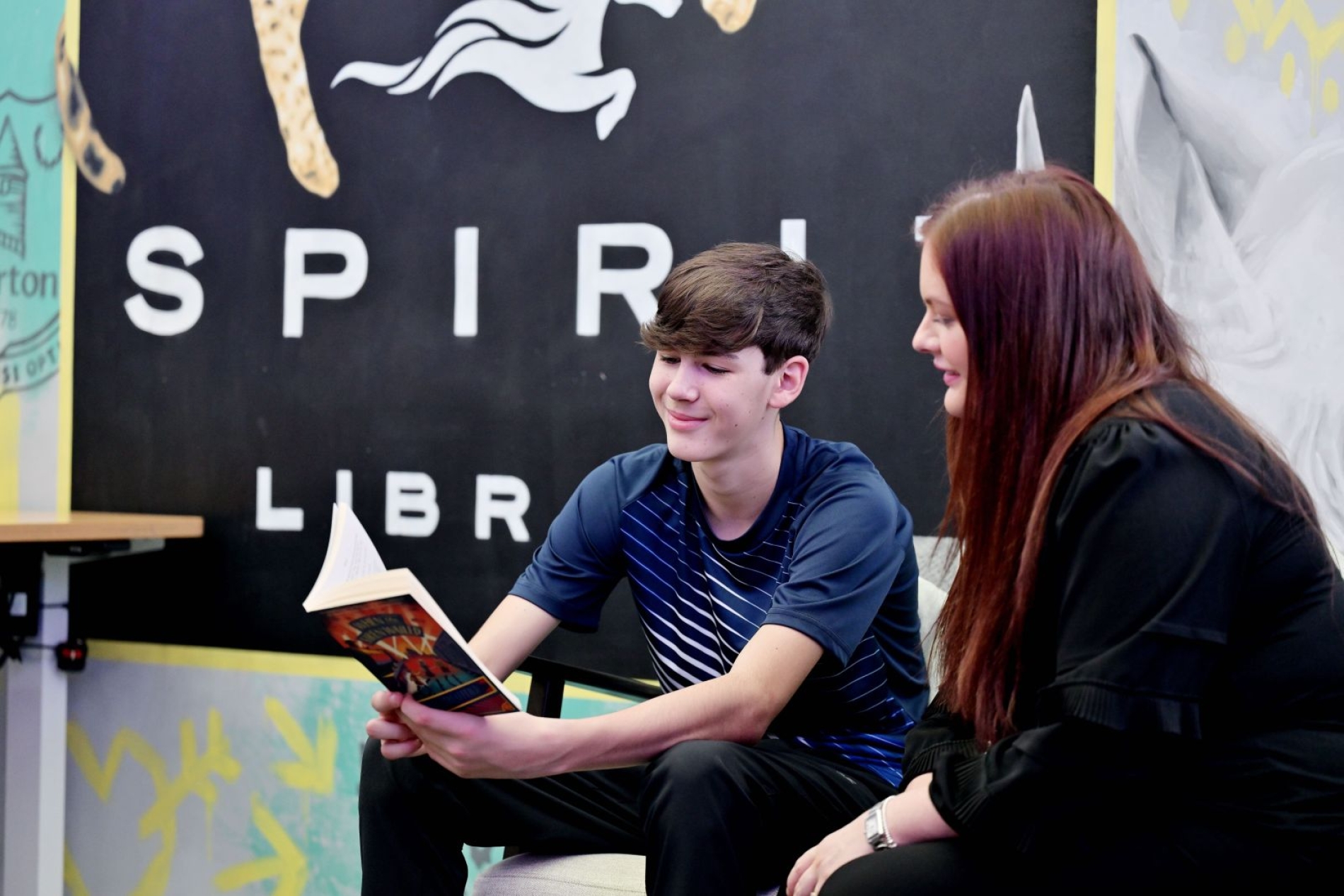Creating Your CV: A Guide for Students
Your CV is your chance to make a great first impression with employers and show them what makes you unique. Whether you’re applying for a part-time job, an apprenticeship, or your first full-time role, a well-crafted CV can help you stand out.
This guide will walk you through the key sections of a CV, offering practical tips and examples to help you highlight your skills, experience, and personality – even if you’re just starting out.
Personal Statement
Start your CV with a strong personal statement – and tailor it for each role you apply for. In simple terms, every new job application should have a personal statement that matches the specific role.
When writing yours, aim to answer these questions clearly: Who are you? What can you offer? What are your career goals? Be specific, give examples, and where possible, quantify your achievements. Avoid generic statements, as these can make your CV less impactful.
Skills
If your work experience is limited, focus on your skills. Employers want to see what you can bring to the role.
Provide examples that are relevant to the job. This could include:
- IT skills – specify the programs you know, e.g., Microsoft Excel or Adobe Photoshop.
- Soft skills – problem-solving, public speaking, teamwork, and communication.
- Personal qualities – a friendly, professional, and proactive attitude.
Remember, real examples make your skills stand out.
Education
List your education starting from GCSE level, including subjects and general grades (Maths and English are essential). If you’re waiting for results, you can include your mock or expected grades.
Present your education in reverse-chronological order, with the most recent first.
If relevant, include particular course modules to highlight knowledge that connects to the role you’re applying for – this demonstrates your broader understanding of the subject.
Hobbies & Interests
Including hobbies and interests is optional, but they can help show your personality, especially if you have limited work experience.
If you’re unsure what to include, consider starting a project, blog, or activity that aligns with your career interests. For example:
- Fashion or retail – a fashion blog or style project.
- DIY or construction – documenting a personal restoration project.
Avoid generic entries like “socialising with friends” or “going to the cinema” unless they’re directly relevant to the role. Only include hobbies you’re happy to discuss in an interview.
CV Templates
For guidance and ready-to-use CV templates, visit: LiveCareer CV Templates












